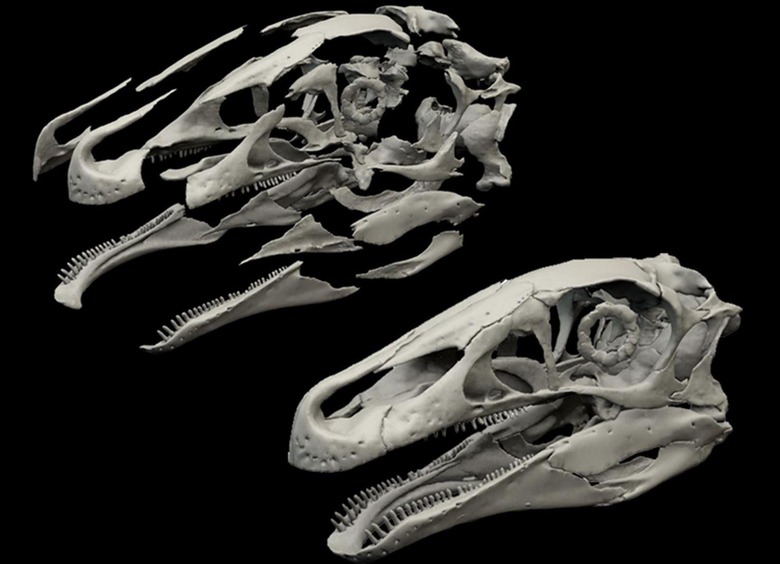Dinosaur Skull's 3D Digital Restoration Brings Wide Access To Researchers
Fossils are an important part of palaeontological research, but their fragile and precious nature makes access difficult for many. To solve this problem, researchers from the University of Bristol and more have restored a damaged dinosaur skull digitally, turning it into a complete 3D model with the damaged and missing portions corrected. With these 3D models, scientists are able to study fossils without physically accessing them, something that simultaneously helps preserve fossils and increase access to them. The work was recently detailed in the Journal of Vertebrate Paleontology.
The team of researchers, which was led by Dr. Stephan Lautenschlager, successfully restored a rare dinosaur skull digitally using high-resolution x-rays, as well as digital visualization, something that will lead to fossils being restored "to their life-like condition," said the scientist.

In this case, the team digitally restored the damaged fossilized skull of an Erlikosaurus andrewsi, specifically from a relatively small therizinosaur. The dinosaur hailed from Mongolia circa 90 million years ago, and is said to be the most complete of its kind with excellent preservation.
In order to restore the skull, it was first rendered into a 3D model, which was then digitally dissected into small components. From these components, featured above, the researchers were able to copy the parts that were missing and add them into the model, as well as correct for damage, during the reconstruction process. This has the added benefit of allowing researchers to digitally dissect the skull, gaining access to it in a way not possible with the real fossil.
SOURCE: CNET
